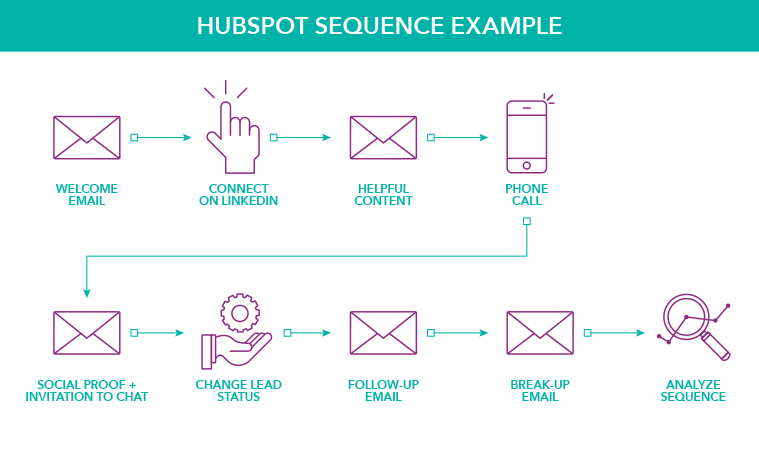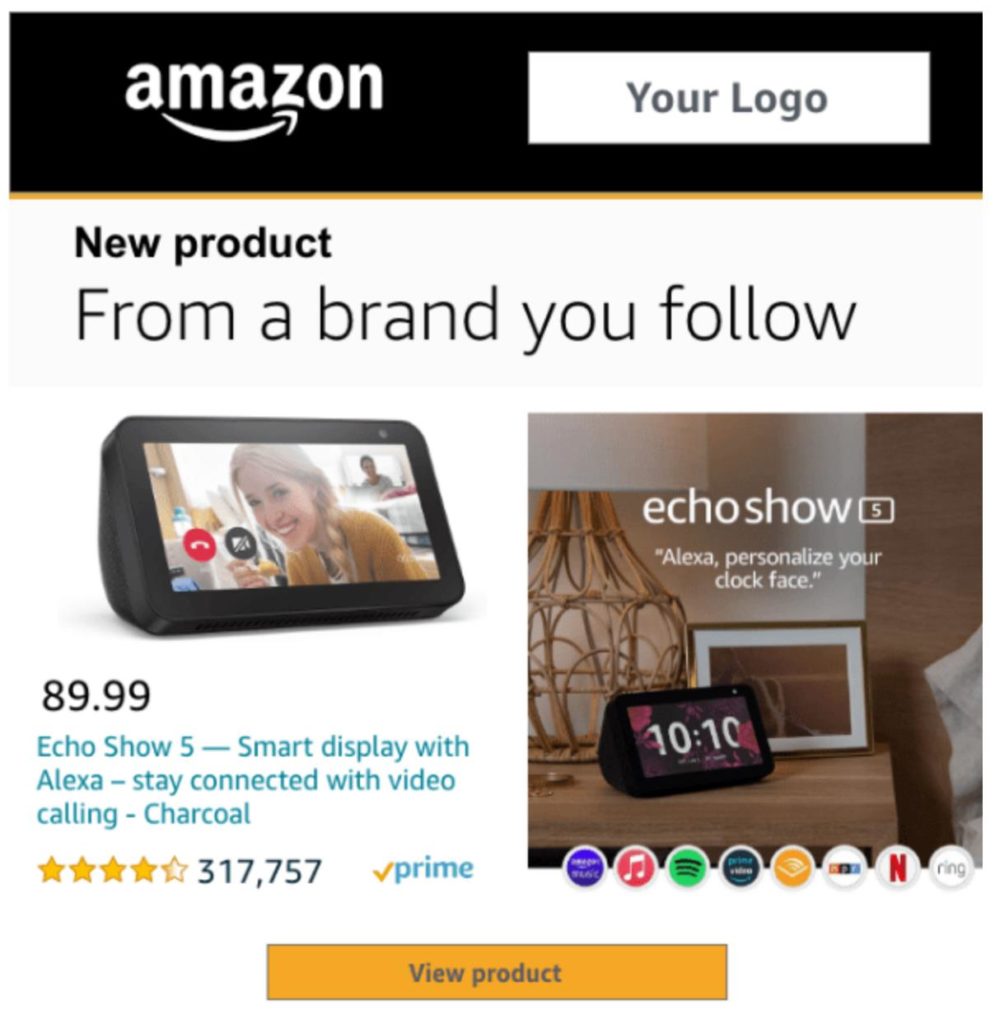When was the last time you revisited the fundamentals of lead nurturing?

For me, it’s today.
As I gear up for an exciting new project at work, I’ve decided to dust off the marketing playbook, update my knowledge about B2B lead nurturing, and share my findings with you.
Coolio, isn’t it?
What is B2B Lead nurturing?
Lead nurturing is the art and science of building relationships with potential customers at every stage of the sales funnel. It’s about understanding their needs, providing valuable content, and guiding them gently towards a buying decision without coming across as pushy or robotic.
Why is it essential?
Because 96% of visitors to your website aren’t ready to buy immediately.
Lead nurturing helps you stay relevant and top-of-mind, ensuring those visitors come back when they’re ready to make a decision.
Top 5 techniques
HubSpot’s educational email series
Why it works: HubSpot’s emails strike the perfect balance between education and promotion. Their content addresses specific pain points while subtly introducing their tools as solutions.

Pro tip: Focus on creating value-packed content like eBooks, webinars, and case studies tailored to your audience’s challenges.
Adobe’s personalized recommendations
Why it works: Adobe leverages data-driven insights to send hyper-personalized recommendations. They’ve mastered the art of making emails feel one-on-one.

Pro tip: Use behavioral data (e.g., what content a lead has consumed) to deliver the right message at the right time.
Emma’s welcome email sequence
Why it works: Emma’s welcome series for new subscribers is friendly, engaging, and packed with actionable tips on how to get the most out of their platform.

Pro tip: A strong welcome sequence can increase engagement by setting expectations and showcasing your expertise from the start.
Amazon business’s re-engagement campaigns
Why it works: Even B2B buyers appreciate a gentle nudge. Amazon’s re-engagement emails remind leads of the value they’re missing out on, often with compelling statistics or deals.

Pro tip: Focus on reminding leads why they showed interest in your brand initially.
LinkedIn’s webinar follow-up emails
Why it works: LinkedIn sends thoughtful follow-ups after webinars, offering both the recording and additional related resources to keep the conversation going.
Pro tip: Always have a clear next step in your follow-ups—whether it’s another piece of content, a demo, or a consultation offer.
Key KPIs
Lead nurturing without tracking is like playing darts blindfolded. Here are the KPIs to keep an eye on:
- Email Open Rates: Measure the effectiveness of your subject lines and timing.
- Click-Through Rates (CTR): A direct indicator of how engaging your content is.*
- Conversion Rates: The ultimate metric to see how many nurtured leads are moving down the funnel.
- Time to Close: Track how long it takes for leads to convert into paying customers after entering your funnel.
- Lead Scoring Improvements: Monitor how your leads’ scores improve as they engage with your content, signaling readiness to buy.
B2B lead nurturing isn’t just about sending a series of emails—it’s about building trust, understanding your audience, and being there when they’re ready to take the next step.
Whether you’re revamping your strategy or starting from scratch, remember to keep it human, helpful, and always data-informed.

Comments